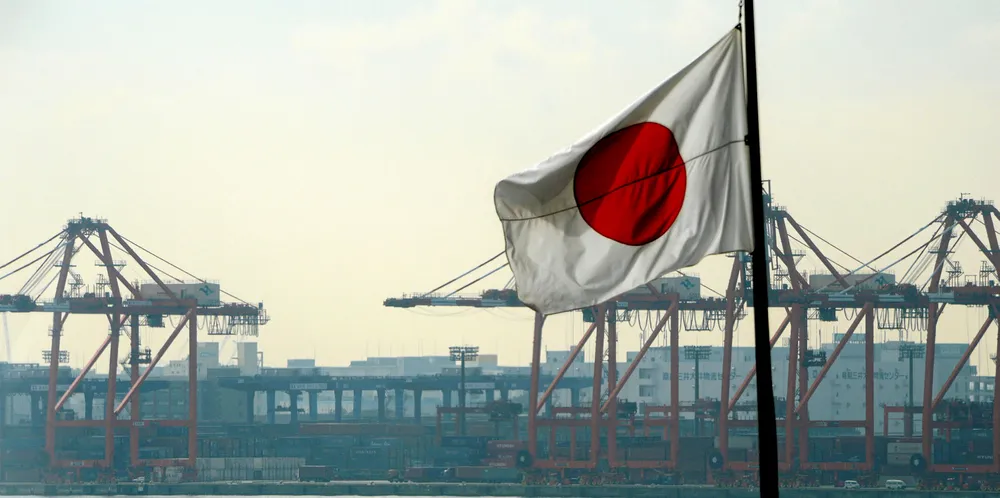Work starts to build Japan's first offshore wind farms
Marubeni-led consortium green lights developments at Akita and Noshiro Ports after tying up finance for 140MW

Marubeni-led consortium green lights developments at Akita and Noshiro Ports after tying up finance for 140MW
